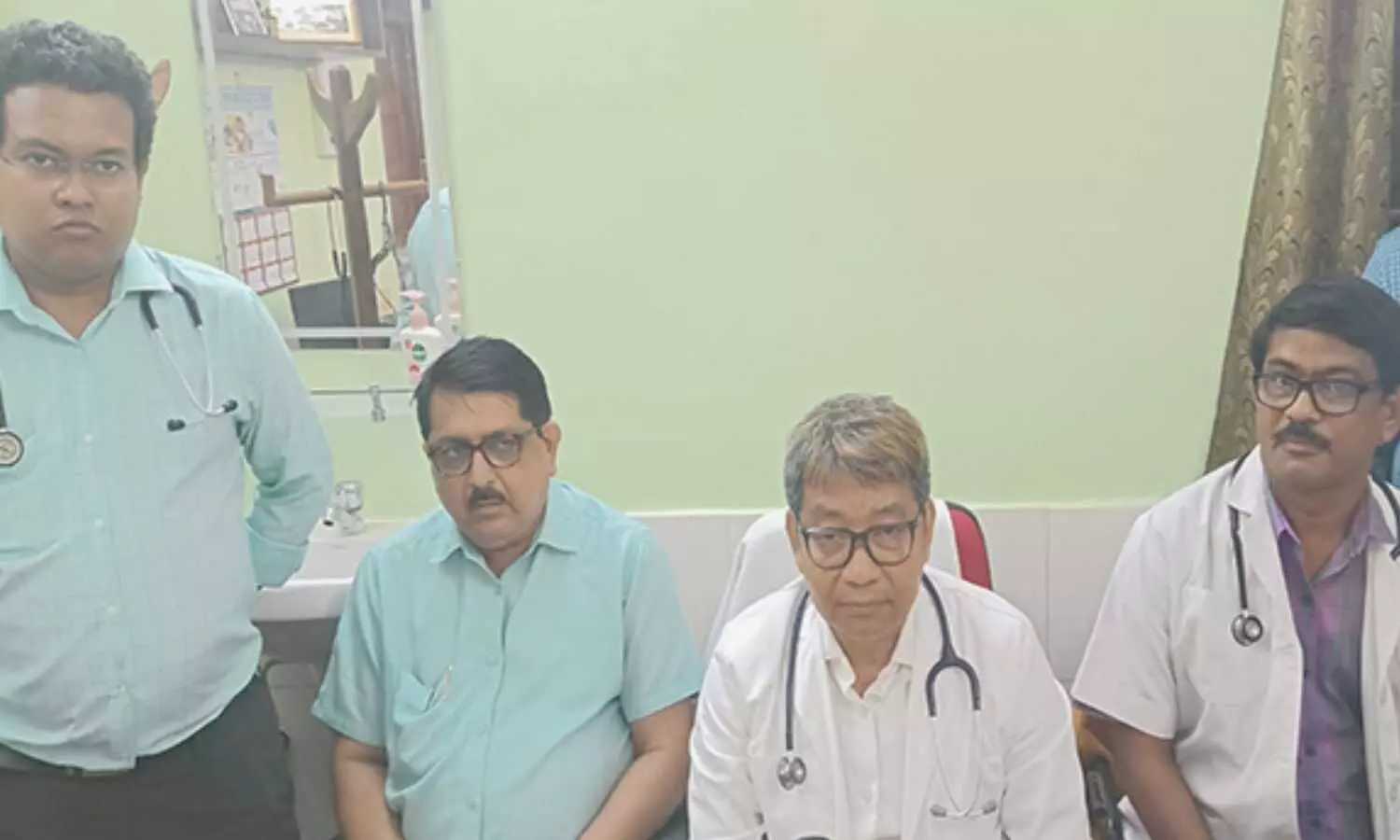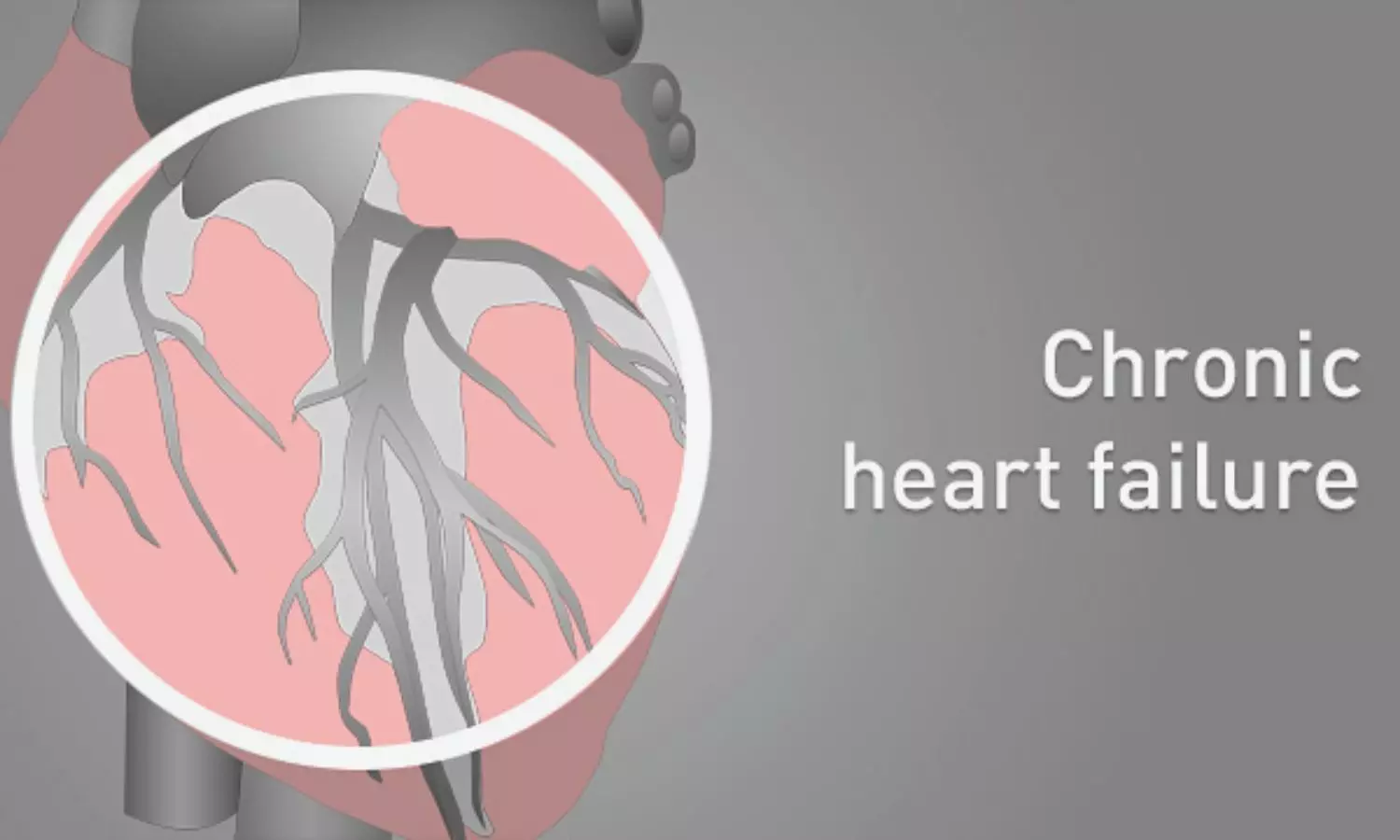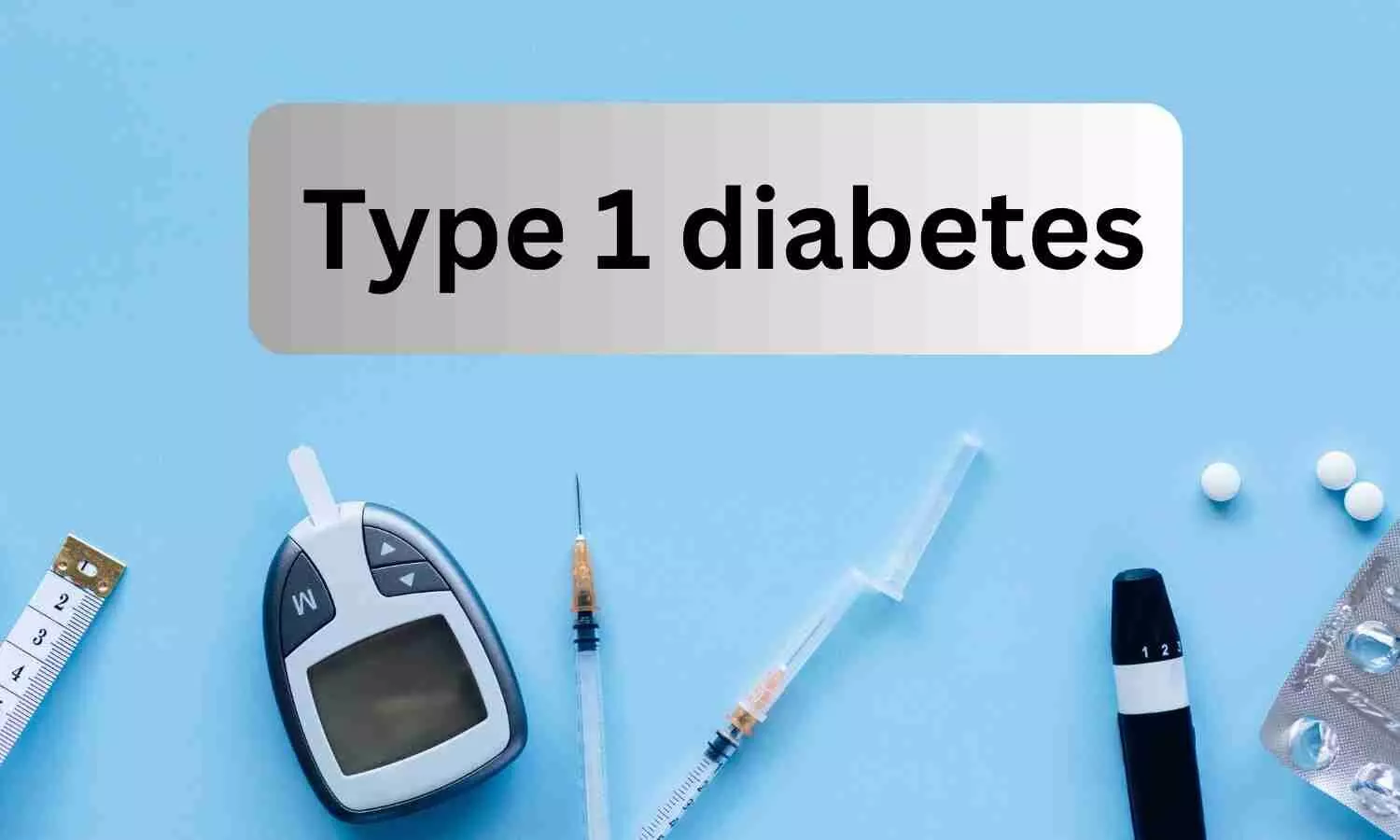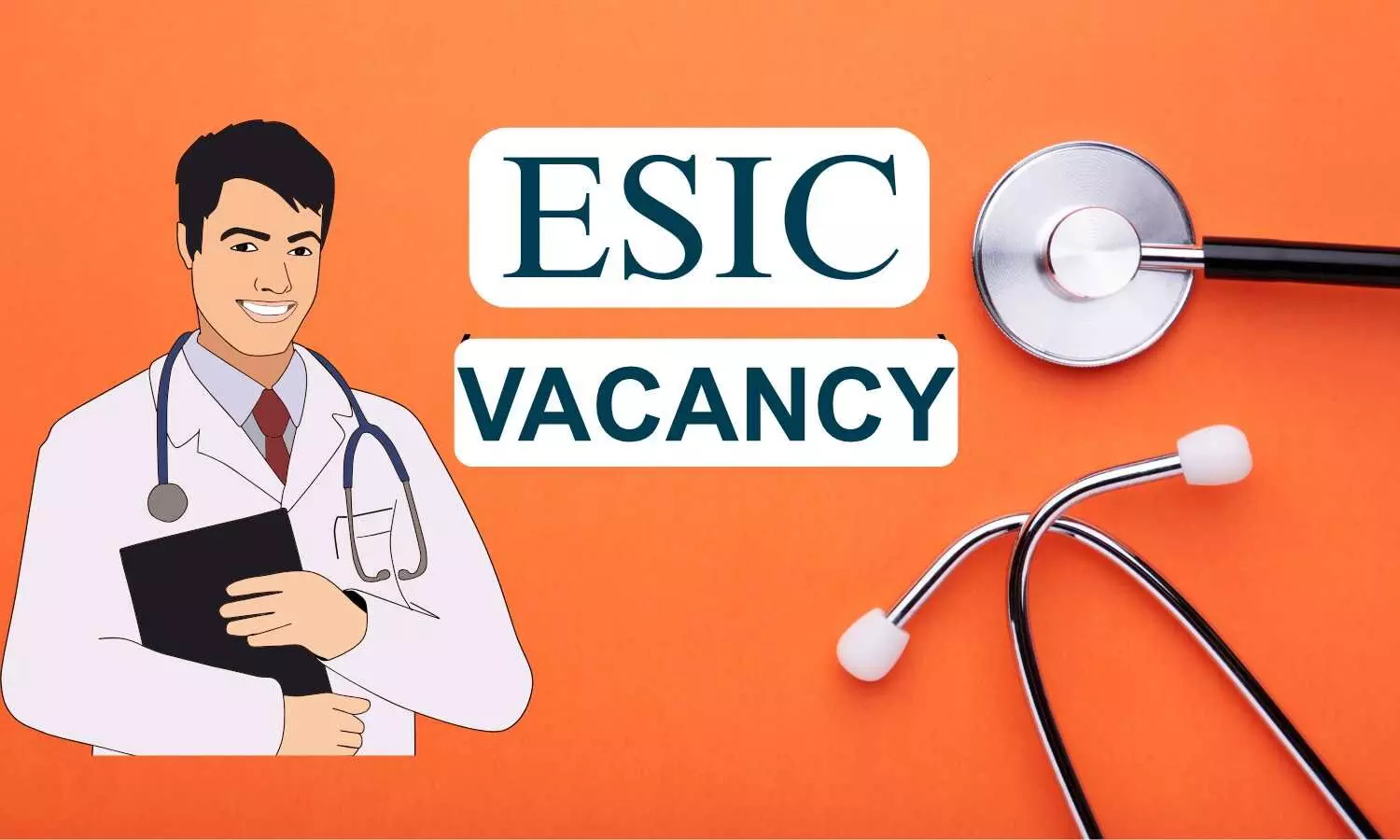ED visits for asthma spiked during 2023 Canadian wildfires, study finds
Powered by WPeMatico
Powered by WPeMatico
Powered by WPeMatico
Powered by WPeMatico
Powered by WPeMatico
Powered by WPeMatico

Kolkata: To address the acute shortage of organs available for transplant, the West Bengal government has announced plans to establish Non-Transplant Organ Retrieval Centres (NTORCs) at all 24 state-run medical colleges. These centres will be equipped to retrieve organs from brain-dead patients but will not perform transplant surgeries.
Currently, only three state-run hospitals—SSKM Hospital, Medical College Kolkata, and NRS Medical College and Hospital—are authorized to conduct organ transplants. The remaining 21 teaching hospitals lack the infrastructure to even retrieve organs from deceased donors, a gap that officials now aim to close.
Doctors have long highlighted the dire need to boost organ donation in Bengal, where the demand for organs far exceeds the supply. Patients with end-stage organ failure often die waiting for a transplant.
Establishing organ retrieval infrastructure in all medical colleges would significantly enhance the frequency of cadaveric organ donations, thereby increasing the availability of organs for transplant and offering renewed hope to patients on waiting lists.
Despite a hopeful surge in cadaveric donations in 2018, growth has since stalled. According to Manimoy Bandyopadhyay, director of the Regional Organ and Tissue Transplant Organisation (ROTTO), only 13 donors were recorded in 2018, compared to 14 in 2024—a marginal increase over six years.
Speaking to Telegraph India, the official of the state health department said, “We will set up non-transplant organ retrieval centres (NTORC) in all 24 state-run medical colleges in Bengal.”
Also Read: Kerala HC dismisses plea for Guidelines on Brain-Dead Persons Organ Transplantation
The expansion is part of a boarded initiative aimed at increasing the cadaveric organ donations across the state. According to Telegraph India, another official said that if organ harvesting facilities were not set up in more hospitals, the medical fraternity would lose out on many families who might agree to donate the organs of someone who was declared brain dead at the hospital. But the same hospitals may not have qualified surgeons or the necessary infrastructure to conduct the transplant surgery and to provide post-transplant care.
Officials also point to the importance of counselling families of accident victims and trauma patients, who are often declared brain dead, to consider organ donation.
“A well-equipped intensive care unit (ICU) and ventilators will be required to harvest the organs from the brain-dead person,” said a doctor who worked in Bengal’s public healthcare sector for several decades, Telegraph India reports.
Also Read: Kauvery Hospital performs three lung transplants in three consecutive days
In a recent conference on organ donation and transplant held in the city, senior doctors and health department officials raised concerns over the stagnation of organ donation rates in West Bengal.
A senior official from a state-run medical college hospital noted that Bengal lags significantly behind southern and some western Indian states in terms of organ donation rates. Doctors at the conference emphasized that increasing the number of deceased organ donations could play a crucial role in curbing organ trafficking by reducing the dependency on live donors. This shift would not only address ethical concerns but also safeguard the health of potential live donors.
Former ROTTO-East joint director Dr. Arpita Ray Chaudhury emphasized the necessity of not just harvesting organs, but also managing long-term care for recipients.
According to the news reports, Ray Chaudhury, a nephrology and transplant consultant at Manipal Hospitals, emphasized that the government should also operate regular and well-managed post-transplant clinics.
Powered by WPeMatico

Agartala: Doctors at the Agartala Government Medical College (AGMC) and Govind Ballabh Pant Hospital successfully treated a critically ill 7-month-old infant suffering from adenovirus-induced pneumonia.
The infant, Rudranil Biswas, was admitted to the hospital in a critical state and was placed on high-frequency nasal cannula oxygen therapy. The timely administration of life-saving medication, provided free of charge under the Ayushman Bharat scheme, played a crucial role in his recovery.
The pediatric team, led by Prof Dr Sanjib Kumar Debbarma, worked tirelessly to save the child’s life. Dr Sribas Das, a senior paediatrician, highlighted the critical nature of the case and the importance of the hospital’s infrastructure in treating such cases.
“Initially, we suspected pneumonia, but after thorough diagnosis and testing, it was confirmed as an adenovirus infection–a dangerous and often life-threatening condition in infants for which no specific antiviral treatment exists,” said Dr Debbarma.
Also Read:Tripura launches low-cost midday meals for patients, their families at GBP Hospital
Fortunately, Rudranil did not require mechanical ventilation, but was placed on high-frequency nasal cannula oxygen therapy, stabilising his breathing. The child’s recovery was aided by the timely administration of three vials of an essential intravenous medication–each costing approximately Rs12,000–provided entirely free of charge under the Ayushman Bharat scheme, with support from the Tripura state government.
“Rudranil was admitted to our ICU on April 11 in a near-fatal condition. Our team, including junior residents and nursing staff, worked round the clock. The adenovirus is comparable in severity to COVID-19, and many such cases in neighbouring states, particularly West Bengal, resulted in fatalities,” said Dr Sribas Das.
Rudranil’s mother, Suparna Biswas, spoke to ANI and said, “When we brought him to GBP, he was in such a serious state we couldn’t bear to look at him. But the doctors and nurses didn’t give up. Today, he can smile, look around, and play. We are forever indebted to the medical team who brought our baby back to life.”
The family, from a modest background–Rudranil’s father is an auto-rickshaw driver–could not have afforded the life-saving medication without state and central support.
“This success story underscores the impact of government health schemes like Ayushman Bharat and the relentless dedication of our healthcare workers,” Dr Das added, reports ANI.
This marks the third serious case of adenovirus pneumonia handled in 2025 by the paediatric department at AGMC & GBP Hospital. With 48 viral pneumonia cases reported last year 46 linked to adenovirus–the department remains on high alert.
The medical fraternity in Tripura has hailed this case as a shining example of how integrated healthcare infrastructure, timely diagnosis, and compassionate treatment can save lives, even in the most precarious situations.
Powered by WPeMatico

Austria: A recent prospective cohort study has revealed that gait speed (GS) is a crucial prognostic factor in patients with chronic heart failure (HF), offering new insights into predicting cardiovascular outcomes. The study found that slower gait speed was linked to an increased risk of cardiovascular death or worsening heart failure in patients with stable heart failure, while muscle strength and mass did not show a connection to these outcomes.
“Assessing muscular function related to locomotion is more critical for evaluating the risk of adverse cardiovascular events than focusing solely on muscle strength and mass,” the researchers wrote in ESC Heart Failure.
Heart failure affects skeletal muscle mass and function, leading to reduced physical performance. In the study, Nicolas Verheyen, Division of Cardiology, Department of Internal Medicine, University Heart Center, Medical University of Graz, Graz, Austria, and colleagues examined the prognostic impact of gait speed, handgrip strength (HG), and appendicular skeletal muscle index (ASMI) on cardiovascular outcomes in a prospective HF cohort.
For this purpose, the researchers conducted a single-center prospective cohort study involving adults with stable chronic HF who had a previous diagnosis of overtly reduced left ventricular ejection fraction (LVEF) <40% and LVEF <50% at enrolment. Gait speed was measured using the 4-meter GS test, maximal HG was assessed with a hydraulic dynamometer, and appendicular skeletal muscle index (ASMI) was determined using dual-energy X-ray absorptiometry.
The primary combined outcome was cardiovascular death or worsening HF, with Fine and Gray regression models used to account for non-cardiovascular death as a competing event.
The investigation uncovered the following findings:
“In patients with stable heart failure and either reduced or improved left ventricular ejection fraction, our study found that among gait speed, handgrip strength, and appendicular skeletal muscle index, only GS had a significant prognostic impact on adverse cardiovascular outcomes,” the researchers wrote.
“These findings suggest that evaluating muscular function, particularly about locomotion, is more crucial for assessing the risk of adverse cardiovascular events than focusing solely on muscle strength and mass,” they concluded.
Reference:
Cejka, V., Riepl, H., Schwegel, N., Kolesnik, E., Zach, D., Santner, V., Höller, V., Schweighofer, N., Obermayer-Pietsch, B., Pieber, T., Morbach, C., Frantz, S., Zirlik, A., Störk, S., Posch, F., Ablasser, K., & Verheyen, N. Prognostic impact of gait speed, muscle strength and muscle mass in chronic heart failure—A prospective cohort study. ESC Heart Failure. https://doi.org/10.1002/ehf2.15221
Powered by WPeMatico

Israel: A recent study published in Diabetes/Metabolism Research and Reviews has uncovered significant seasonal fluctuations in blood sugar control among adolescents with type 1 diabetes (T1D). HbA1c levels were notably higher during winter-spring (7.75%) compared to summer-autumn (7.24%).
The study, conducted at a pediatric diabetes center between 2021 and 2023, also revealed sex-specific differences in how body composition influences these seasonal changes. In boys, higher appendicular muscle mass was linked to increased HbA1c, while in girls, both muscle and fat mass were associated with the variation. These findings emphasize the need for tailored, sex-specific approaches in managing T1D during different times of the year.
Circannual fluctuations in glycated hemoglobin (HbA1c) levels are well-documented in adults, yet limited evidence exists regarding similar seasonal patterns and their underlying factors in adolescents with type 1 diabetes. To bridge this gap, Hussein Zaitoon from the Faculty of Medicine in Tel Aviv University, Tel Aviv, Israel, and colleagues aimed to explore how HbA1c levels vary across seasons in youth with T1D and to investigate whether these fluctuations are influenced by differences in body composition.
For this purpose, the researchers conducted a retrospective observational study on adolescents with type 1 diabetes who were followed at a pediatric diabetes center between 2021 and 2023. They calculated seasonal HbA1c averages for winter-spring (December to May) and summer-autumn (June to November) and determined ΔHbA1c as the difference between these values. Using bioelectrical impedance analysis (BIA), they assessed body composition and examined correlations between sex- and age-adjusted z-scores of appendicular muscle mass and fat mass with ΔHbA1c.
The key findings include the following:
The study found that adolescents with type 1 diabetes experience significant seasonal variation in HbA1c levels, with higher values during winter-spring than in summer-autumn. These fluctuations were closely linked to body composition in a sex-specific manner—muscle mass played a key role in boys, while both muscle and fat mass influenced changes in girls.
“These findings highlight the importance of considering sex-specific physiological factors when managing glycaemic control in adolescents. They also emphasized the need for further research to explore the underlying causes and long-term clinical implications of these seasonal patterns,” the authors concluded.
Reference:
Zaitoon, H., Khalil, H., Cohen-Sela, E., Eyal, O., Interator, H., Oren, A., Laurian, I., Dorfman, A., Chorna, E., Lebenthal, Y., & Brener, A. (2025). Seasonal Variations in HbA1c and Body Composition: A Sex-Specific Analysis in Adolescents With Type 1 Diabetes. Diabetes/Metabolism Research and Reviews, 41(4), e70047. https://doi.org/10.1002/dmrr.70047
Powered by WPeMatico

Kalaburagi: The Employees State Insurance Corporation Medical College and Hospital (ESIC Hospital Kalaburagi) has announced vacancies for the Senior Resident Post on a Contractual Basis. The selection will be done based on a walk in interview.
ESIC is a statutory body constituted under an Act of Parliament (ESI Act, 1948) and works under the administrative control of the Ministry of Labour and Employment, Government of India.
The Vacancies are in the Department of – Anatomy, Physiology, Biochemistry, Pharmacology, Microbiology, Forensic Medicine, General Medicine, General Surgery, Orthopaedics,, Anesthesiology, Radio diagnosis, ICU/MICU(Med), ICCU(Med), and Emergency Medicine.
The venue and Reporting time for an interview is the Office of the Dean, ESIC Medical College & Hospital, Kalaburagi, From 9.00 AM to 10.30 AM.
a) Candidate can walk in and register for interview from 09:00AM to 10:30 AM on 07.05.2025. No candidate will be entertained after 10:30 AM.
b) Application form is enclosed with the advertisement.
c) All eligible candidates should apply through the application form enclosed with the advertisement and must fill the application form before registration process.
d) Candidates should produce all the original documents in respect of all the parameters filled in the form during scrutiny on the day of Walk in Interview. e) Candidates are requested to report by 9 AM at the venue on scheduled dates.
f) Please bring all following relevant Original certificates and their self attested photocopies (1 sets), 2 copies of passport size photographs and the relevant certificates issued by the competent authority in the form prescribed by Government of India, Department of Personnel & Training for consideration of reservation to the reserved candidates failing which they will not be allowed for interview.
“No photocopies will be arranged/ provided by the office under any circumstances”
List of Documents to be produced at the time of the Interview :
• SSC/10th Standard Certificate as proof of age.
• M.B.B.S Certificate
• PG/DNB Certificate
• Registration with Karnataka State Medical Council(KMC)/NMC
• Caste Certificate issued by the competent Authority
• Experience Certificate if any
• Proof of ID (Aadhar Card and PAN Card)
• Passport size 02 photograph
• Other documents if any.
The interviews shall be conducted at the Office of the Dean, ESIC Medical College AND Hospital, Kalaburagi
Also Read:ESIC Hospital Faridabad Jobs 2025: Super Specialist Post, Check Walk In Interview Details
Powered by WPeMatico
